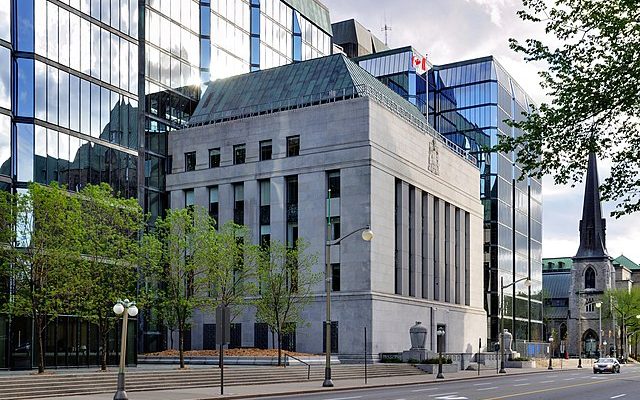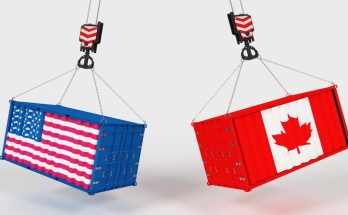Toronto/CMEDIA: Lowering its interest rate reportedly only by 25 basis points to three percent yesterday, The Bank of Canada justified its helplessness to do more to negate the economic impact of U.S. tariffs imposed on Canadian imports.
“Monetary policy cannot offset the economic consequences of a protracted trade conflict,” Bank of Canada governor Tiff Macklem was reported saying.
“The reality is the economy is going to work less efficiently. Canada’s going to produce less. It’s going to earn less. Monetary policy can’t change that.”
Bank of Canada governor added that a trade fight with the U.S. would be ‘complex shock’ since the US threat of imposing a 25 percent tariff on all Canadian imports by U.S. President Donald Trump could come as early as Feb. 1.
Macklem said that in the face of a long-lasting trade war with the United States and its consequences he can hopefully only help the economy adjust.
“With inflation back around the two-per-cent target, we are better positioned to be a source of economic stability,” he said. “However, with a single instrument — our policy interest rate — we can’t lean against weaker output and higher inflation at the same time.”
He also said that there was still much uncertainty about new tariffs, length of their duration and their scope or the retaliatory measures.
“Even when we know more about what is going to happen, it will still be difficult to be precise about the economic impacts because we have little experience with tariffs of the magnitude being proposed,” he said.
He added that economic activity in Canada would be badly hurt by a long-lasting and broad-based trade conflict, with the inflation being directly pressurised upward by the higher cost of imported goods.
The sixth consecutive reduction since June this rate cut is still a slowdown from the central bank’s two previous ones as in Oct and Dec when key rates saw a slash by half a percentage point,
Past cuts to Canada’s interest rates have started to boost the economy as is evident from recent strengthening in both consumption and housing activity expected to continue.
The Bank forecasts GDP growth will strengthen in 2025. However, with slower population growth because of reduced immigration targets, both GDP and potential growth will be more moderate than was expected in October.
Following growth of 1.3% in 2024, the Bank now projects GDP will grow by 1.8% in both 2025 and 2026, somewhat higher than potential growth. As a result, excess supply in the economy is gradually absorbed over the projection horizon.
Setting aside threats of US tariffs, a protracted trade conflict would most likely lead to weaker GDP and higher prices in Canada.
In his Wednesday’s report, BMO chief economist Doug Porter wrote that the key takeaway is that the Bank of Canada will “intensely monitor the impact of tariffs and we shouldn’t necessarily expect an immediate policy reaction to the start of a trade war.”
He added that the steps made today can be viewed as “battening down the hatches ahead of a possible trade war storm.”
“Next steps clearly are dependent on what unfolds on the trade front; we suspect while the bank may initially respond cautiously to a trade war, eventually it would be compelled to cut much more than the market currently expects,” Porter said.
Simon Gaudreault, chief economist and vice-president of research for the Canadian Federation of Independent Business, said he thought the Bank of Canada was being extra careful not to point in any direction about the path for future rate cuts or a pause and added,
“I think that reflects, again, the super-high uncertainty that they are seeing.”
RSM Canada economist Tu Nguyen cautioned that the implementation of tariffs by the US and Canada response with measures of its own, would cause the central bank to face a challenging task.
“Tariffs could raise prices, which would prompt rate hikes, but aggregate demand would weaken and could lead to rate cuts,” she wrote on the RSM Canada website.
The Bank of Canada also announced an end to quantitative tightening with plans to complete the normalization of its balance sheet and restarting asset purchases in early March.





